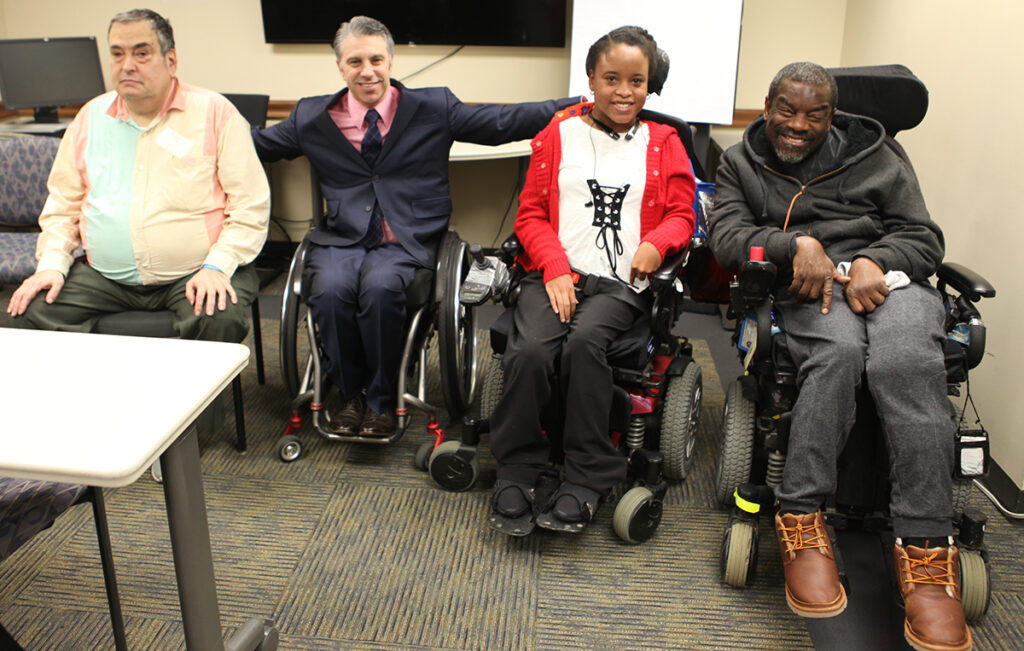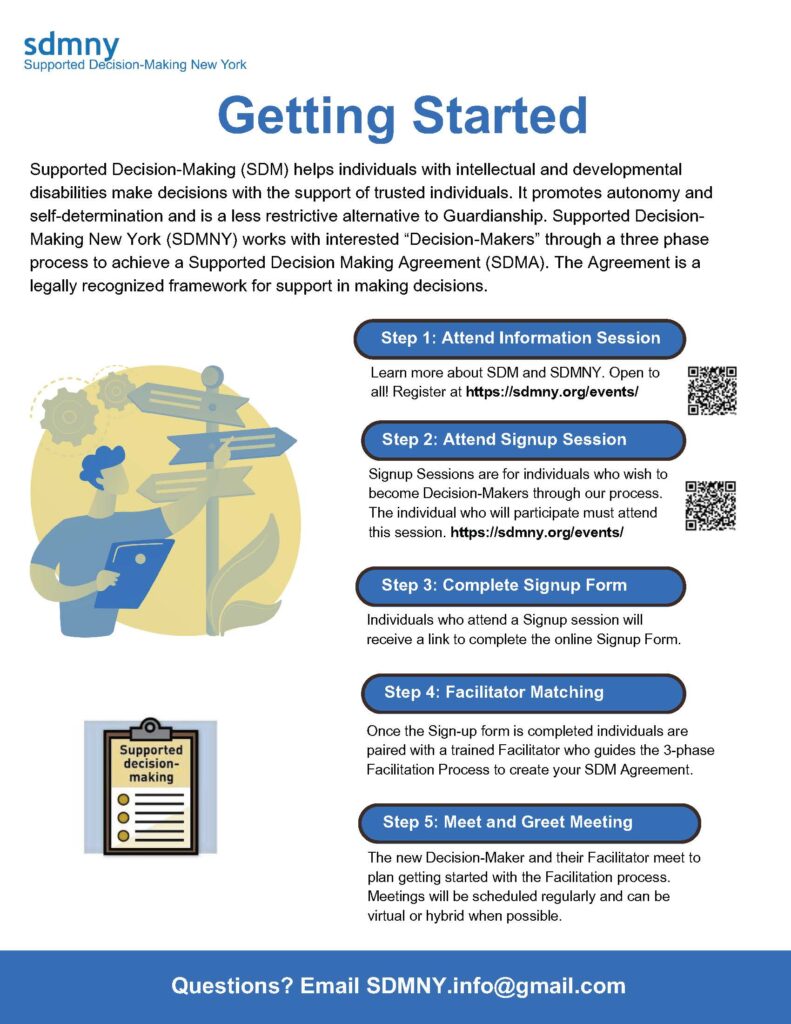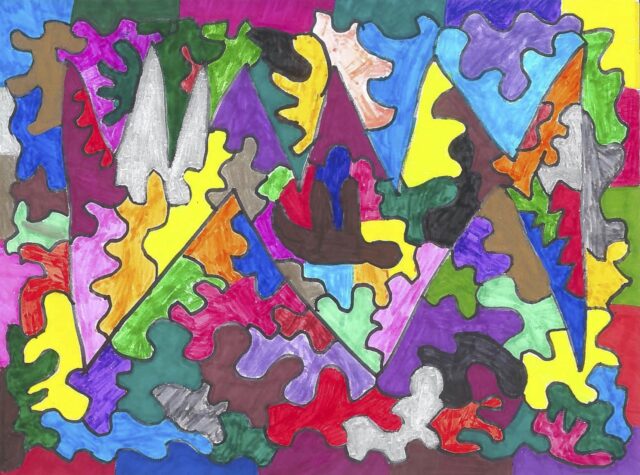The SDMNY facilitation process was developed based on the experiences of pilot projects from around the world and the expertise of relevant Hunter and CUNY faculty, and refined over 4 years of the SDMNY project. It proceeds in three phases and centered on what we call the Big Four:
- Which areas the Decision-Maker wants support in;
- What kinds of support they want;
- Who they want the support from, and;
- How they want to receive that support.
Phase 1: The Facilitator works with the Decision-Maker to learn about how they communicate, make decisions, the decisions that are likely to arise in both the short and long term, and the trusted persons in the Decision-Maker’s life whom they may want to choose as Supporters. The Facilitator guides the Decision-Maker through the steps of making a decision in order to identify the kinds of support (the what) the Decision-Maker may want and need, and to build decision-making capability and intrinsic motivation.
Phase 2: The Facilitator works with the Supporters the Decision-Maker has chosen, educating them about SDM and helping them “re-position” from people who make decisions for the Decision-Maker to those who are able to see the Decision-Maker as an adult capable of making their own decisions and to support them in doing so. In exploring the “dignity of risk,” the Facilitator fosters “capacity building” for Supporters to maintain their commitment to the Decision-Maker’s autonomy and growth long after the facilitation process is completed.
Phase 3: The Facilitator works with the Decision-Maker and their Supporters to negotiate the Supported Decision-Making Agreement (the SDMA), which will reflect and memorialize their agreement on all aspects of the Big Four. The Facilitator then prepares a draft of the SDMA that all parties review and may choose to alter, submits the draft (or drafts) to their mentor, then to the SDMNY legal team for final review. Phase 3 is also a time to ensure that, before signing the SDMA, all parties fully understand their roles, obligations, and responsibilities.
We had over a year of expertly facilitated skill-building and exploration for both Thomas, my family, and the team of friends and supporters around Thomas to help grow our ability to support him as a Decision-Maker.
–Supporter and parent of a Decision-Maker

Signing the SDMA: For most Decision-Makers, their family, and Supporters, this is a time to celebrate—the work everyone has put in and the Decision-Maker’s growth—and affirm the process they have collectively put into place, a process that is intended to serve the Decision-Maker throughout their life.
How to Get Started

